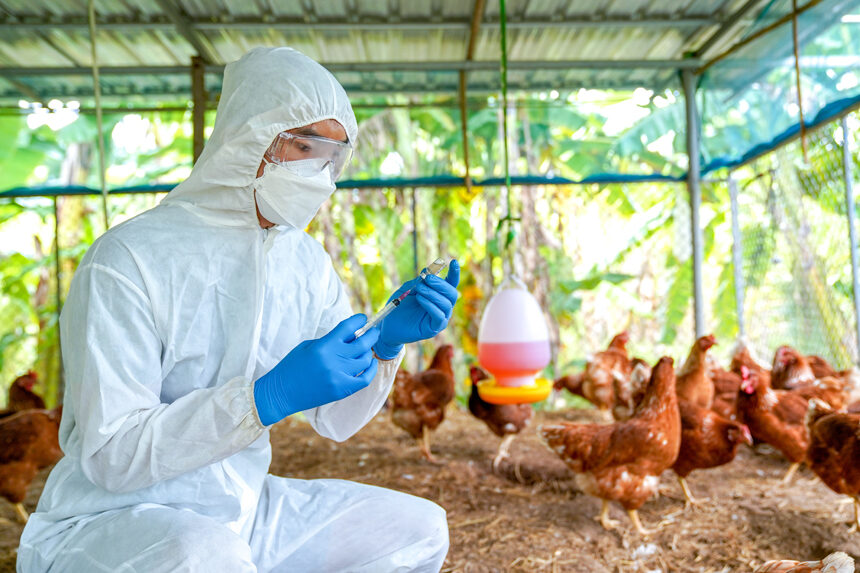“Your Health Checkup” is our online column by Dr. Douglas Zipes, an internationally acclaimed cardiologist, professor, author, inventor, and authority on pacing and electrophysiology. Dr. Zipes is also a contributor to The Saturday Evening Post print magazine. Subscribe to receive thoughtful articles, new fiction, health and wellness advice, and gems from our archive.
Order Dr. Zipes’ books, Ari’s Spoon, a new novel, as well as Bear’s Promise and Damn the Naysayers, A Doctor’s Memoir. Check out his website at dougzipes.com.
We flip around words like virus and bacteria without really knowing what they are. So let’s start with the basics.
A virus is a tiny pathogen (germ) that contains a piece of genetic material (DNA or RNA) inside a protective envelop. The virus lacks the machinery to replicate — that is, make copies of itself. To do so, the virus invades cells in the body and commands the cells to make millions of copies of the virus.
Different types of viruses attack different cells, such as airways and lungs (COVID, influenza), digestive tract (hepatitis), nervous system (meningitis, polio, rabies), heart (myocarditis), genital organs (HIV, HPV), skin and other organs (measles, mumps, chicken pox), and so forth. We develop symptoms because the virus impairs the normal function of those cells. Since antibiotics do not kill viruses, our major defense is to form antibodies in our immune system or to take antiviral medications, effective for some viruses. The most successful treatment is prevention by vaccination.
Bacteria are usually one celled (spiral, spherical, or rod shaped) living organisms found everywhere. They can replicate by themselves and are dangerous when they cause an infection (staph, strep) or beneficial when used for fermentation (beer, wine). Antibiotics can kill many types of bacteria, but not all; some have acquired resistance.
We’ve lived with the COVID pandemic and witnessed its appalling worldwide death rate — mostly among the elderly — and the long haul for some survivors who develop persistent cardiovascular and neurologic effects. Less appreciated is that many people deferred routine examinations and treatments during the pandemic. For example, an observation from more than a billion medical records found a decrease in dispensing medications for high blood pressure and elevated cholesterol, actions that will inevitably lead to an increase in future heart attacks and strokes. If you are one of the procrastinators, be sure to check with your health care worker soon.
We need to learn from the successes and failures in coping with COVID to better prepare for the next, and probably inevitable, pandemic. So far, we have dodged widespread distribution of horrible viruses such as Ebola, a rare and deadly hemorrhagic virus located mainly in sub-Saharan Africa.
But we may not be so lucky in the future. A virus of major concern is the bird (avian) flu.
The highly virulent avian influenza H5N1 strain, which killed 6 of 18 infected people in Hong Kong in 1997, has returned recently and appears to spread between mammals, such as farmed mink in Spain last October and seals in New England last summer, perhaps from eating infected birds. The concern is that the mammalian outbreaks, along with continued spread among wild birds and poultry, signal a change in the virus, which could now be poised to infect humans.
The most recent bird flu outbreak began in the Netherlands and spread throughout Europe, Asia, and Africa, resulting in more than 58 million birds dying or being culled. Bird flu arrived in North America December 2021 and has been detected in 47 states in many species of wild birds like ducks, geese, pelicans, and others, causing nearly 60 million birds in commercial and backyard flocks to die or be culled. The list of infected mammals now includes badgers, black bears, bobcats, coyotes, and many other species.
Few human infections have been reported in the current avian viral outbreak, all among people who had direct contact with infected poultry. Human-to-human transmission has not been documented and therefore the risk of a bird flu pandemic remains low at present. However, experts caution that viral mutations constantly occur — as we learned from the COVID outbreak — and H5N1 is unpredictable, making the future unknown.
How do we deal with the threat of another pandemic? Since the 1997 outbreak, almost 900 confirmed human cases of avian flu have been detected — certainly not a lot, especially compared to COVID — but the mortality was about 50 percent. So we should not take this mammalian flare up lightly, even though the number of humans infected remains low.
For the present, watchful waiting appears to be the best course. The U.S. government has a preparedness program that enables a rapid response to influenza strains as they evolve. The big challenge will be to dispel public weariness and muster support to fight another pandemic, should one occur.
Become a Saturday Evening Post member and enjoy unlimited access. Subscribe now



